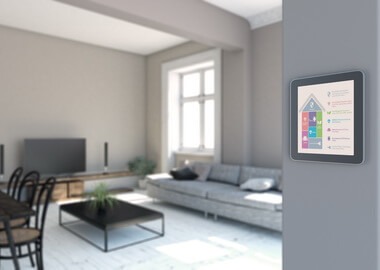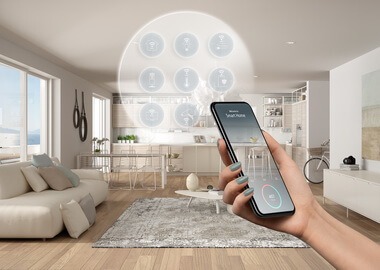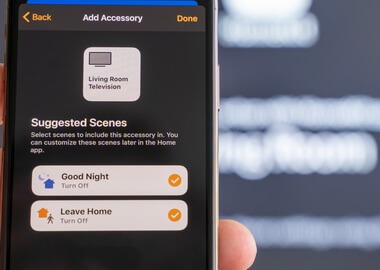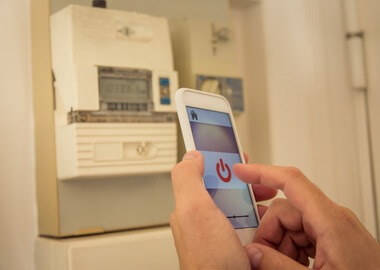Smart Homes: Guide to Home Automation Using IoT (Internet of Things)
McKinsey Global Institute predicts massive value growth for the Internet of Things ($11.1 trillion annually by 2025). Smart home—a fully connected household environment that provides its residents with an unprecedented level of control and comfort—will account for a hefty part of this increase.
No wonder, as only 12–16% of households use IoT smart home products in the U.S. However, the number of potential buyers is more impressive. According to some sources, around two-thirds of consumers are likely to purchase smart home IoT devices in 2022.
Let’s find out why so many people consider Internet of Things ideas for their homes and how they expect to return their smart home investment.
Interestingly, the first generation of smart homes had little to do with intelligence and was more about remote control and automation. A decade ago, a futuristic space where you could operate blinders from your smartphone or teach your thermostat to remember what temperature you prefer was enough to call it a smart home. In 2022, this concept implies much more than that.
What is home automation using IoT today? Today, a smart home lives up to the consumer’s expectations and sometimes even exceeds them, and . Using sensors, devices, appliances and the whole spaces in your house constantly collect data on how you use them. They learn about your habits and determine consumption patterns using complex algorithms. These insights then help personalize your experience at a granular level.
Take the latest thermostats like Nest or Ecobee, for example. Based on Internet of Things, smart home devices of the new generation use their sensor datum to automatically adjust regimes to your routines. They monitor your location in real-time and turn the heating on and off accordingly.
The best part is that you really don’t have to do anything. Smart thermostats rely on their algorithms to personalize home temperature to your preferences and save you good money on reduced energy use.
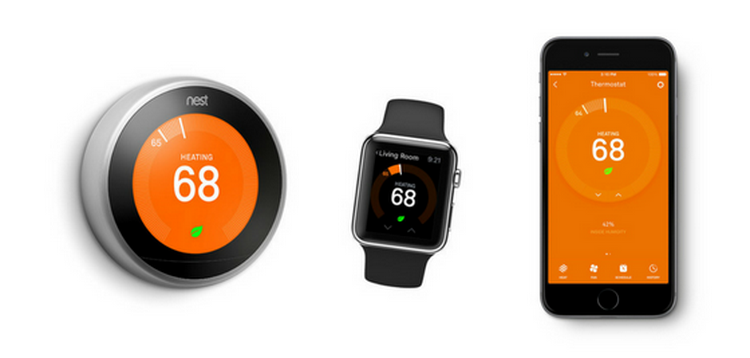
Are you looking for a skilled software development team to help you build the next big hit in the smart home market? Contact us to talk about your IoT software design and development needs.
Monitoring and control
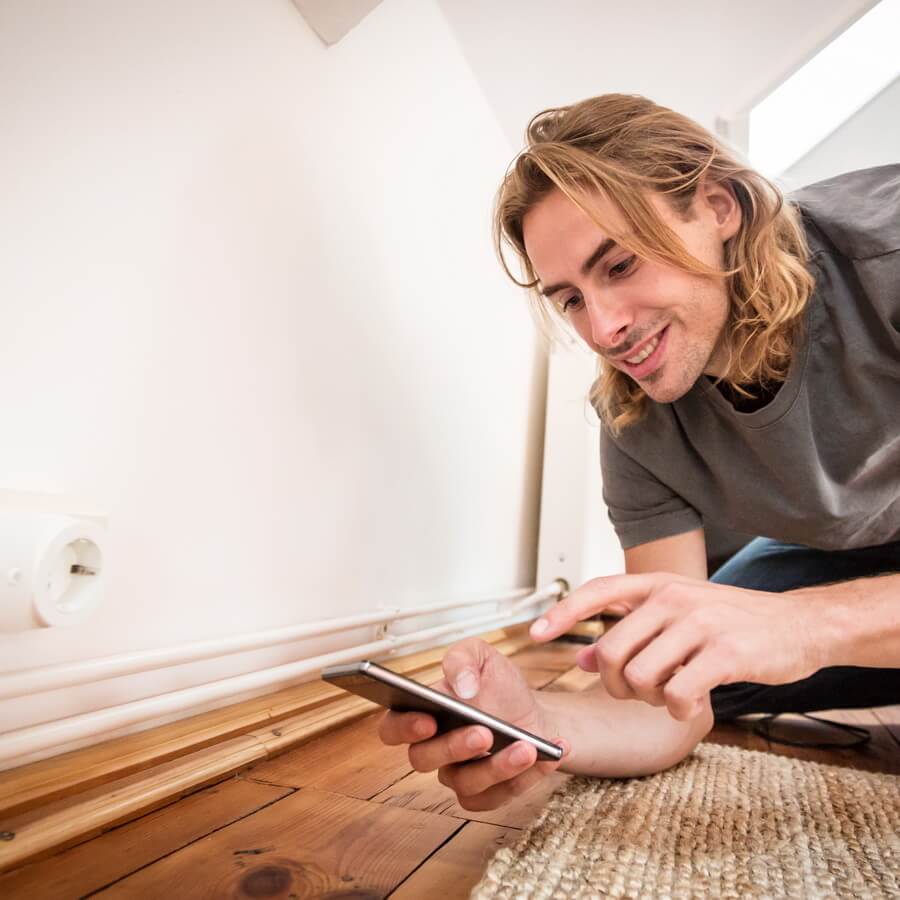
Thanks to smart home IoT solutions, we get a brand new level of control over our household. Not only can we remotely switch on and off our appliances, but also control the full range of functionality on mobile or web applications.
For example, smart LG fridges allow you to preorder extra ice production when you are still in Target buying stuff for the party or check the expiration dates on the products to help you optimize your shopping list.
More importantly, smart systems give you a previously unavailable picture of how things work in your household. Connected devices collect data, process it and output meaningful insights on your app’s dashboards. Thus, you can monitor, for example, how much electricity each device uses, calculate spending on utilities in real time, track humidity and other air quality conditions in your space, etc.
Learn more
How to monitor and control electricity consumption using IoT for households and utility companies.
Optimization of spending
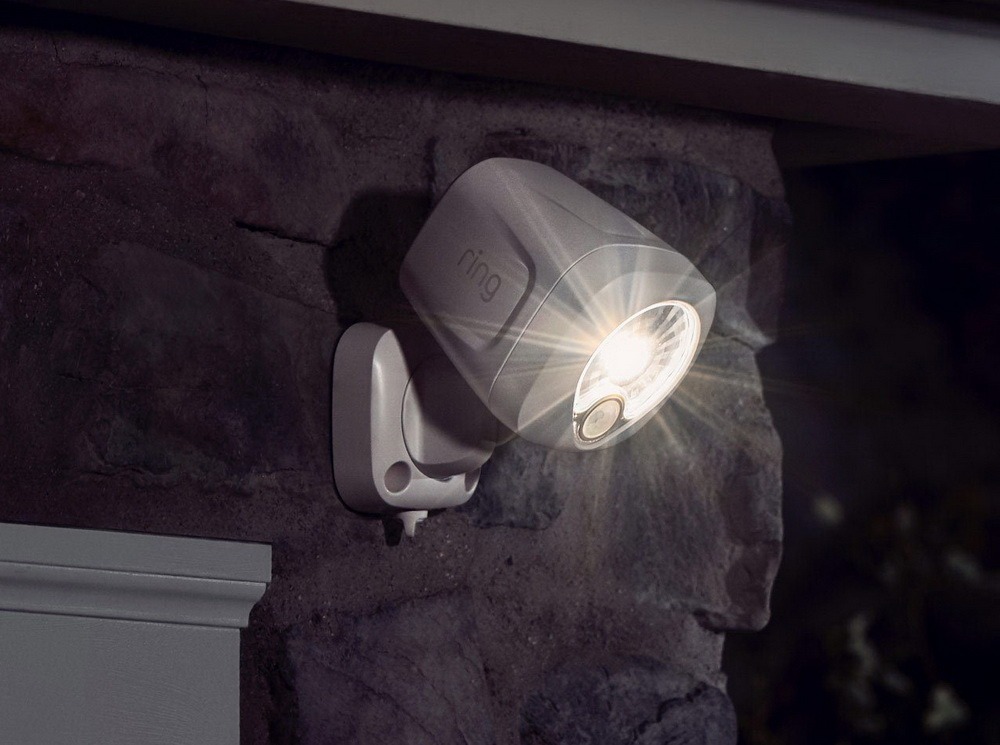
As mentioned above, IoT and smart home systems enable transparency to your household. This, in turn, allows you to seriously cut down on your utility spending.
Using consumption insights provided by an electricity or IoT water management system, you can easily identify the waste points and adjust your usage accordingly. On top of that, smart appliances are usually designed to optimize the use of resources. Smart lighting, for example, automatically turns on and off depending on the data coming from the presence sensors.
An American on average wastes 283 kw hours of energy monthly, equal to an electric oven running at 350° F for 6 days.
Environmental impact

This is where the application of Internet of Things in home automation benefits everyone — homeowners, their neighbors, the country and even the whole planet. Optimizing the use of resources, not only do we reduce our spending, but also decrease our carbon footprint. In fact, Internet of Things is already the driving force of green energy initiative.
From autonomous LED lighting, power consumption and waste management systems to infrastructure solutions like PV systems and IoT and smart grid for households, connected technology allows everyone to go green, decrease carbon emissions and cut down on pollution.
The range of IoT based home automation ideas in this sector is constantly growing. Watttime, for example, offers a smart and at the same time effortless way for a household to stick to clean energy. The company provides IoT and data tools which allow anyone to automatically switch from one energy provider to the other one always choosing the greenest one.
Improved comfort

IoT based smart home automation often requires the use of intelligent algorithms that give household devices a certain level of autonomy and provide them with situational decision-making capabilities.
Thus, a smart fridge can decide to reorder groceries online, and window blinders adjust to the daylight change and let just as much natural light to make the residents feel comfortable. As a result, this level of home automation makes our lives easier and still leaves the main control in our hands.
Enhanced security
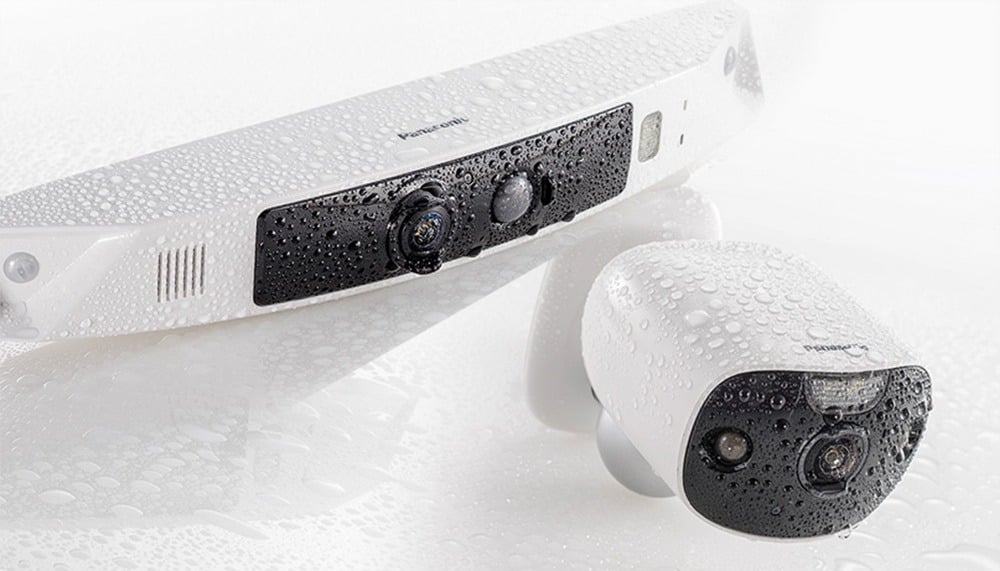
Systems like August lock or TP-Link camera for household security are the usual part of a connected home kit. Enhanced security is a smart home benefit early adopters favor the most. However, smart locks and surveillance cameras are not the only tools to improve the security of households.
Today, monitoring systems for households are able to detect power surges, recognize leakages using water or gas sensors, warn about dangerous air pollution and send timely notifications to prevent complications or even a catastrophe.
Digiteum engineers have solid experience working with energy consumption monitoring, management and storage tools. Are you building a home automation system using IoT technologies? Contact our team if you need help with software design and development on your project.
Even though home automation and Internet of Things technology have been around for a while, many solutions are infant or in test regime, and there’s always a huge room for improvement.
One of the most discussed challenges of smart home and home automation is the problem of cross-compatibility – the ability of smart machines to communicate and work with each other and safely share data. This is the major obstacle to successful home automation.
You see, if you don’t get smart things to talk to each other, for example, because of the difference in connectivity protocols or platform lock-in, you won’t be able to configure the desired set of dependencies and actions.
For example, if you want your coffee machine to start warming up once your smart blinders open when you wake up, you need to make the blinders send a signal to the coffee machine. The problem of cross-compatibility is the lack of common language between the blinders and the machine in this case.
Home automation hardware producers solve this problem differently. Some companies partner with each other to enable interoperability between their products. For example, previously mentioned Ring’s Door View Cam doorbell can be connected to several smart locks from different producers.
Others create the whole line of products, for example, for security or electricity monitoring and control, and allow homeowners to create a sort of a hub.
However, the most popular solution to the cross-compatibility challenge is voice assistants. Connected to Alexa or Google Home, different home automation tools can be controlled and configured from one place. This solution also solves the problem of multiple controls – too many apps to control every single smart object. On the other hand, it raises a number of privacy concerns, which is another great problem in the smart home industry.
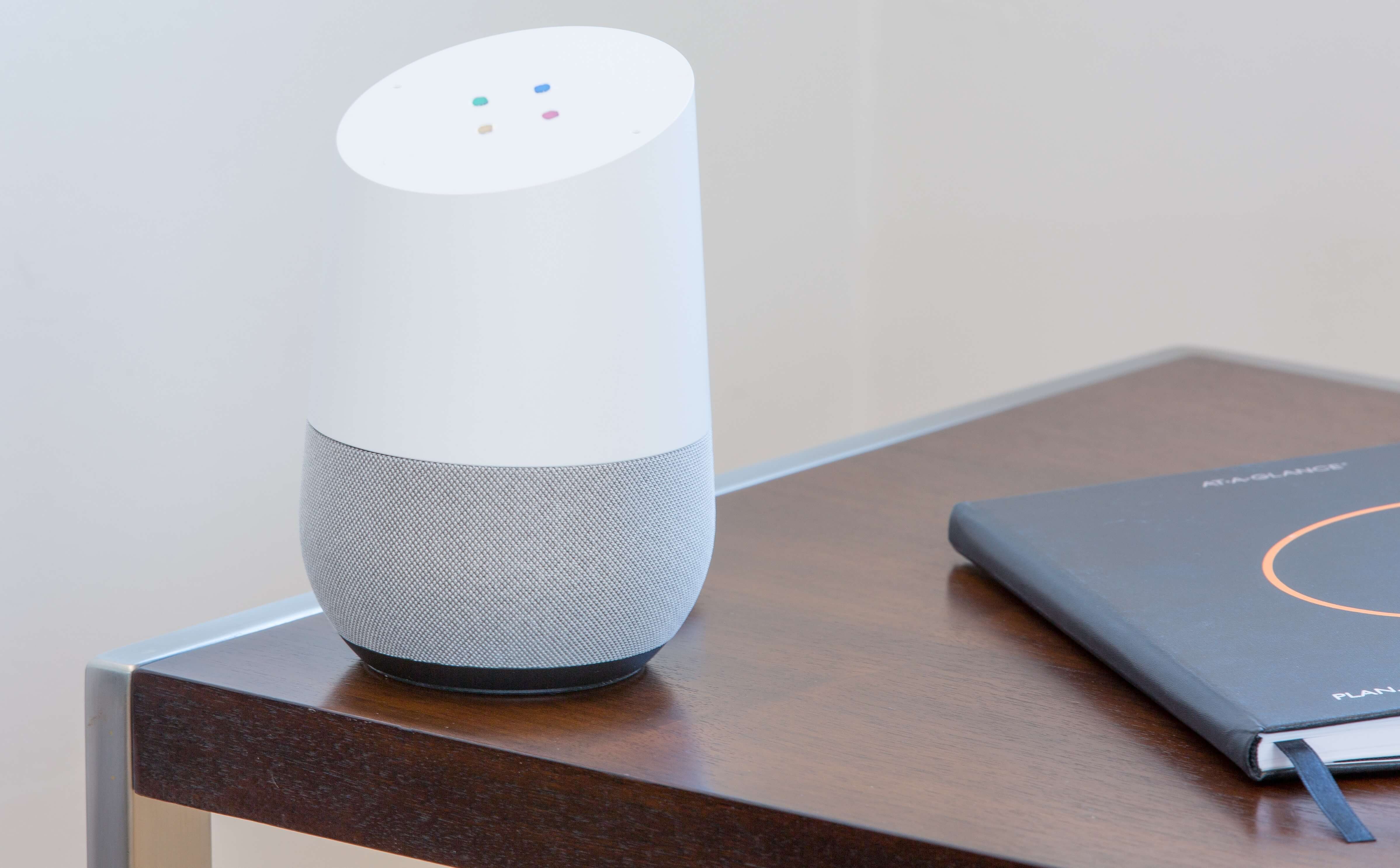
In fact, it has recently been escalated when Google and Amazon asked IoT device producers to switch to continuous status reporting instead of an on-demand mode. To cut the story short, it would mean that all the devices connected to Alexa, for example, would routinely inform the voice assistant of their status — if they are on or off, what regime is currently on, etc. In other words, Amazon would get a pretty detailed image of each household’s lifestyle, which goes way beyond digital activity and walks into the physical world.
Learn more
IoT and smart home automation development services
This market is incredibly broad and diverse. Some producers focus on improving a specific part of the household environment, for example, temperature regulation. Others build complete hubs for a smart home that include many touchpoints, connect with other smart devices, for example, Amazon Alexa or Google Home assistants. Here are some examples from both categories:
- Sensor Strips. This is a good example of one-size-fits-all connected tools for multiple purposes. Swedish company Sensative produces magnetic Strips with different sensors that turn any home space or device into a smart one. You just need to attach the Strip to an object in your home—a door, window, floor, etc. The sensors will then report if the backdoor is open, notify about the leakages or identify the unusual activity of the windows.
- Smart locks. Smart locks were one of the first connected devices adopted at a wide scale. August locks stand out among others in the market for the great attention the company puts in its products’ compatibility and user experience. These smart locks have everything—outstanding security features, a sleek app for users, plenty of features, easy access (remote via WiFi and local via Bluetooth) and integration with the most popular virtual assistants (Alexa, Siri, Google Home).
- Power consumption telemetry. At Digiteum, we have developed a complex system for electricity consumption monitoring and control. This system allows household residents to remotely control the sockets in their homes, track power consumption and calculate spending on electricity in real time. Utility companies, in turn, get firsthand insights on the way households use electricity, identify trends and offer demand-based pricing using this information.
- Wireless power and connectivity. Ossia’s Cota has won many innovation awards. This technology enables remote power transmission and connectivity across the whole smart space. Cota can charge hundreds of different sensors and devices and connect smart objects into one environment. Thus, Ossia solves one of the biggest problems in smart home and IoT—fragmentation of the market, lack of connectivity and standardization.
- Solar power surfaces. Sunpartner Technologies has been producing smart surfaces for years. Originally, this is smart glass able to collect solar power and convert it into useful energy for the buildings. Today, these surfaces can substitute traditional windows, doors, rooftops, even the tops of consumer devices and appliances to convert them into green, self-charging objects that operate off-grid.
Some of the best home automation ideas are still to be discovered. However, the market is already bursting with incredible solutions. Here are some of them:
Autonomous house

This category includes both the interior and exterior objects. It covers everything in and around the house, from smart self-tinting windows like Halio to Dyson’s connected air monitor and purifier, which sensors identify particles and gases in real time and purifies the air on demand.
Autonomous security
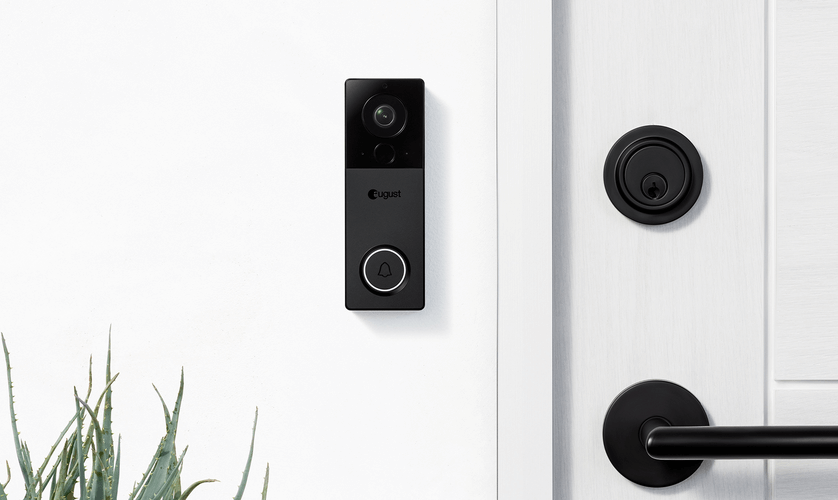
Here come the whole families of products from the old-timers in the market — Ring, Nest, August, Schlage. This category includes smart locks, doorbells, surveillance systems as well as individual contact sensors for doors and windows which can detect unauthorized entrance, for example, strips from Sensative.
Automated energy systems
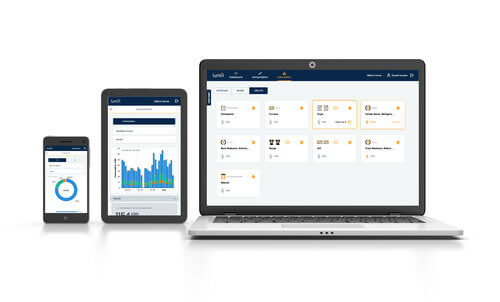
Energy management is an important application of IoT in home automation. This is a rich category that covers traditional electricity management — smart circuits, switches or plugs provided by GE or Eve, intelligent energy consumption, monitoring and control systems like Lumin, and renewable energy generators like Sunpartner Technology’s windows, walls and rooftops, which generate enough solar power to supply the needs of the entire house.
Autonomous appliances
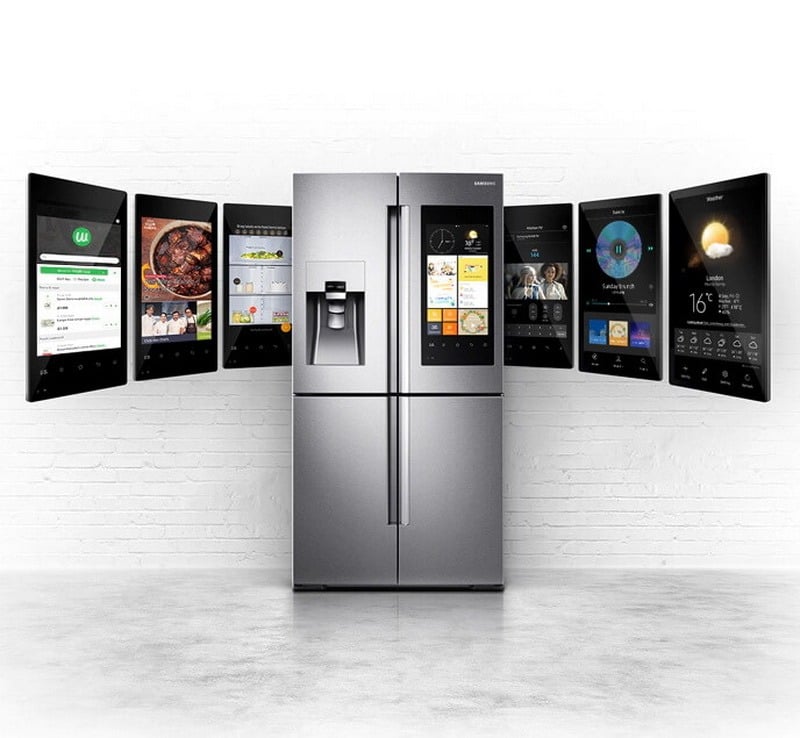
This is a diverse category with some of the best home automation technology examples. Here you can find a wide range of kitchen appliances — refrigerators like Samsung Family Hub, smart ovens and dishwashers, entertainment hubs — TVs and smart speakers, as well as cleaning devices – here comes Roomba and the like.
Autonomous furniture
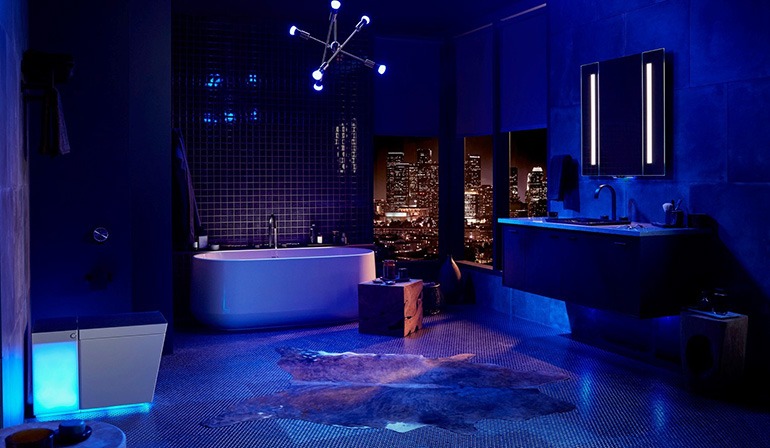
This category is less popular even though it gains increasing interest and often shines at CES. In this category, you will find smart beds with sleep tracking sensors and in-built Alexa, mirrors with skin analytics and physical assessment capabilities and the whole smart bathrooms with intelligent toilets such as Numi 2.0.
Digiteum has solid experience in smart home automation projects, which include IoT design and development, big data analytics and data science. Together with one of our clients, we have developed a system for power monitoring and control that gives a wide range of benefits for households, utility companies, energy suppliers and environmental researchers and strategists.
Using our solid technical expertise, business understanding and market knowledge, we help companies implement their ideas, design and develop IoT systems for smart home, launch their projects and ensure successful returns. Here’s how we can help you build an IoT controlled smart home:
- Connect IoT devices for smart home and build unified ecosystems where every element operates at the top of its potential and enables consistent, secure and efficient performance.
- Leverage our experience in cloud platforms and big data solutions and choose the best technology stack and tools to meet the performance and scalability requirements of the future system.
- Build an IoT system that is actually smart and autonomous. Using machine learning, computer vision and NLP technology, we introduce intelligence and automation into data analytics and equip users with the interfaces they actually enjoy.
- Create beautiful web and mobile applications for the residents of smart homes, build easy-to-use and understand dashboards and fill these dashboards with meaningful insights that help businesses and their clients make data-driven decisions.
Conclusion
Thanks to the growing investment in IoT future smart home is already here, and it’s modifying fast. Today, we can observe impressive connected systems for households and utility companies that help people save big money, enhance the comfort and efficiency of their homes and at the same time go green.
We believe that further development of IoT and the integration of artificial intelligence technologies into connected systems will help create the concept of a new household—an intelligent environment that predicts what its residents need or want and provides them with truly seamless user experience.
Are you looking for an experienced and skilled software development company to help you leverage IoT in home automation development? Contact our team and share your ideas.


